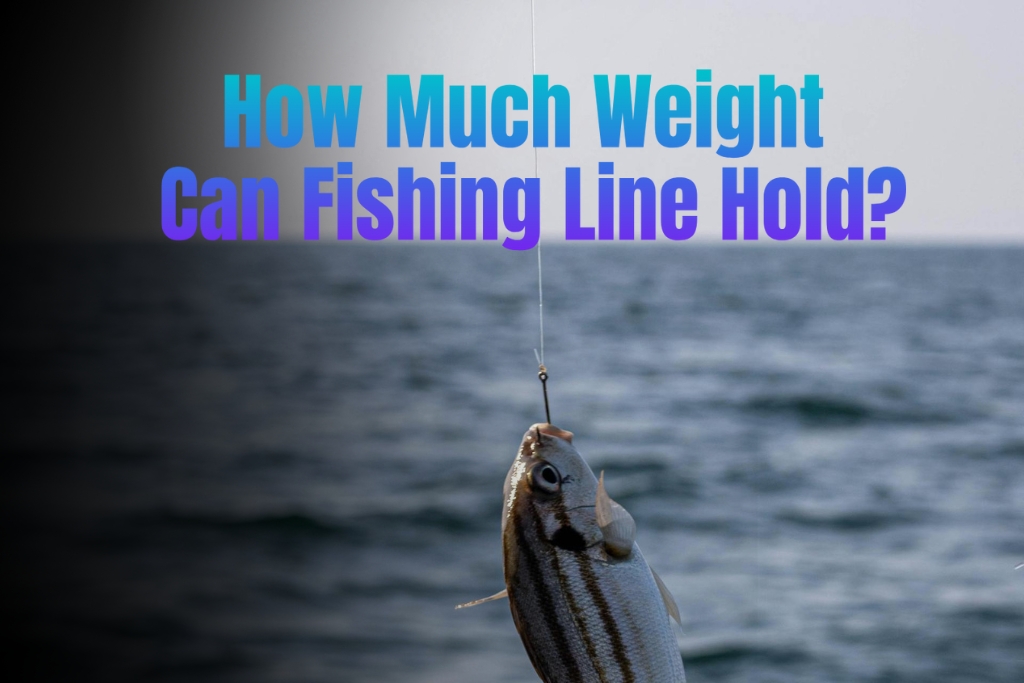Fishing, a sport that combines skill, patience, and knowledge, begins with understanding the critical components of your gear. One such foundational element is the weight capacity of your fishing line, a factor that significantly impacts the success of your angling ventures.
Understanding Fishing Line Weight Capacity
Fishing line weight capacity, also known as test strength, refers to the maximum weight the line can hold before breaking. Imagine a line labeled with a weight capacity of 10 pounds—it theoretically means it can hold a 10-pound fish. However, real-life factors like fish movement and water currents can affect this limit.
Balancing Act: Choosing the Right Line Weight
Selecting the appropriate fishing line weight is a delicate balance. Too light, and you risk losing your catch or damaging your gear. Too heavy, and you compromise your ability to cast and lure fish effectively. Several factors influence this equilibrium:
- Targeted Fish Species: Different fish species vary in size and strength. Larger, stronger fish typically require a heavier line weight to withstand the force during the catch.
- Fishing Location: Saltwater environments often demand a heavier line weight than freshwater due to larger fish species and stronger currents.
Freshwater vs. Saltwater Environments
- Freshwater: In lakes, rivers, and ponds, lighter lines suffice. A 6 to 12-pound test line is common for bass, trout, and panfish.
- Saltwater: Ocean fishing calls for sturdier lines. A 20 to 30-pound test line is suitable for species like snapper, grouper, and redfish.
Impact on Casting and Gear Longevity
Your line weight affects casting distance. Lighter lines allow longer casts, while heavier ones sacrifice distance for strength. Additionally, consider gear longevity—using the right line weight prolongs the life of your reel and rod.
Common Misconceptions
- Thicker Isn’t Always Stronger: Line thickness doesn’t directly correlate with strength. Material matters—monofilament, fluorocarbon, and braided lines have varying strengths.
- Test Strength Matters: The number on the spool (e.g., 10 lb test) indicates the line’s strength. It’s the most weight the line can hold before breaking.
Read Also: What Are Fishing Beads Used For? Click Here
What Fishing Line Does:
Presents your lure/bait: The line carries your lure or bait to the desired depth and location, attracting fish.
Feels bites and sets the hook: A good line transmits the subtle nibbles and powerful strikes, allowing you to feel the fish and set the hook effectively.
Plays and lands the fish: Line strength and flexibility are crucial during the fight, helping you control the fish and ultimately land it successfully.
What to Look for When Choosing Fishing Line:
Line Weight (Test): Measured in pounds (lb), this indicates the line’s breaking strength. A higher number signifies a stronger line. (More details below on line weight)Material:
- Monofilament (Mono): Affordable, strong, and easy to tie knots with. However, it stretches and has lower visibility in water.
- Braided: Stronger than mono for its diameter, offering good bite detection and abrasion resistance. However, it can be trickier to tie knots with and is more expensive.
- Fluorocarbon: Nearly invisible in water, ideal for clear conditions or wary fish. It’s strong and has low stretch, but also tends to be the most expensive option.
Diameter: Thinner lines cast farther but have lower breaking strength. Consider a balance between castability and strength for your needs.
Read Also: Can You Get a Fishing License at Walmart? Click Here
Examples for Selecting Fishing Line:
- Light freshwater fishing (trout, panfish): 2-6 lb test mono or fluorocarbon for its invisibility.
- Bass fishing: 6-12 lb test mono or braid, depending on cover and lure weight.
- Heavy saltwater fishing: 30+ lb test braid for strength and abrasion resistance against saltwater and toothy fish.
Surf Fishing Line Weight:
Surf fishing often involves casting heavy lures long distances and battling strong currents. Surf anglers typically use braided line in the 20-50 lb test range for its strength and ability to handle saltwater conditions. Some may choose a heavier fluorocarbon leader for added abrasion resistance near rocks or other structure.
Bass Fishing Line Weight:
Bass fishing line weight depends on the technique and targeted bass size. Generally, lines range from 6-12 lb test.
- Lighter lines (6-8 lb test): Good for finesse fishing with small lures and plastics in clear water for better lure presentation.
- Heavier lines (8-12 lb test): Ideal for flipping and pitching heavier lures into thick cover where abrasion resistance is crucial.
What Does Line Weight Mean in Fishing?
Line weight, indicated in pounds (lb test), represents the approximate amount of force required to break the line. However, it’s important to understand that this is a controlled lab setting, and actual breaking strength can vary during a fight with a fish. Factors like knots, sudden jerks, and fish size can influence how much pressure the line can withstand.
